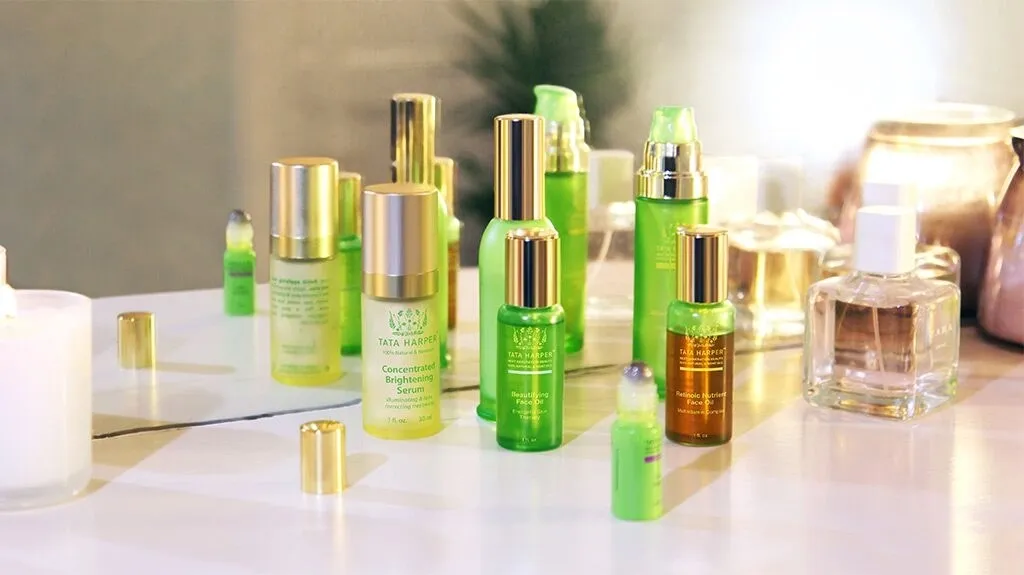The sustainable beauty market has been growing at a rapid rate in recent years, with many luxury beauty brands working towards the ultimate goal of being sustainable and eco-friendly whilst maintaining luxury status. The key to sustainability is to be authentic and transparent with customers, along with actively campaigning for changes in the industry. Many brands begin their journey by creating refillable containers, reducing excess wastage and utilising less plastic and more glass containers.
Our beauty team have researched into some of the most impressive luxury beauty brands that are changing their image for the better.
Beauty line Kjaer Weiss is one of the pioneers of sustainable luxury beauty, as they have implemented a refill system with their products, ensuring their packaging does not need to be discarded. All packaging is made out of high-quality metal that can be refilled as many times as necessary. By creating packaging that provides solutions to the problems faced by beauty brands, Kjaer Weis is proving that ‘beauty, luxury and sustainability can coexist’.
To explore their luxury and sustainable products available, go to https://kjaerweis.com

When Hermès brought out their first lipstick collection, Rouge Hermès, in 2020, their packaging made headlines when it was announced they would be fully refillable, encouraging customers to treat their lipsticks as a loved item, in a similar way as one would with a piece of jewellery. Designed to last a lifetime alongside being 100% plastic free, Hermès have set an important precedent which they plan to continue with in the future. To check out the Rouge Hermès collection, visit Hermes.

Another brand that has combined luxury and sustainability is Tata Harper Skincare, where all formulas are 100% natural and biodegradable, meaning they do not pollute the earth or people’s bodies. With all products being made on a farm in Vermont, there is no outsourcing or unnecessary shipping, which significantly shrinks the brands Carbon Footprint, and reduces wastage.
The majority of their products are sold in glass packaging, and the items that are sold in tubes are made with recyclable sugarcane plastic. On top of this, the paper used is sourced from sustainably managed forests, and to reduce the toxicity of cartons, the brand uses soy ink. Overall, Tata Harper are leading the way with their sustainability initiatives, and plan to expand to refillable and reusable packaging in the future to reduce single-use products. To explore Tata Harpers products and values, visit https://www.tataharperskincare.com/shop

Finally, perfume bottles have always been notoriously difficult to locally recycle, however recently many brands have begun creating refillable bottles to encourage less wastage. Giorgio Armani’s My Way fragrance is sold in a refillable and recyclable container, which cuts down plastic waste by a huge 64%. Not only are they working to become more sustainable through their packaging, but also through their values.
The vanilla used in scents is sourced through a programme that is created to directly benefit local communities in Madagascar, and ever-present carbon emissions are offset by eco-conscious projects that focus on biodiversity protection and reforestation in the same area. Following such success with the perfume, Giorgio Armani Beauty has plans to follow the sustainability route, committing to achieving carbon neutrality by 2025.

By Daisy Roach
- lisafoundersitehttps://thesuccessfulfounder.com/author/lisafoundersite/
- lisafoundersitehttps://thesuccessfulfounder.com/author/lisafoundersite/
- lisafoundersitehttps://thesuccessfulfounder.com/author/lisafoundersite/
- lisafoundersitehttps://thesuccessfulfounder.com/author/lisafoundersite/



